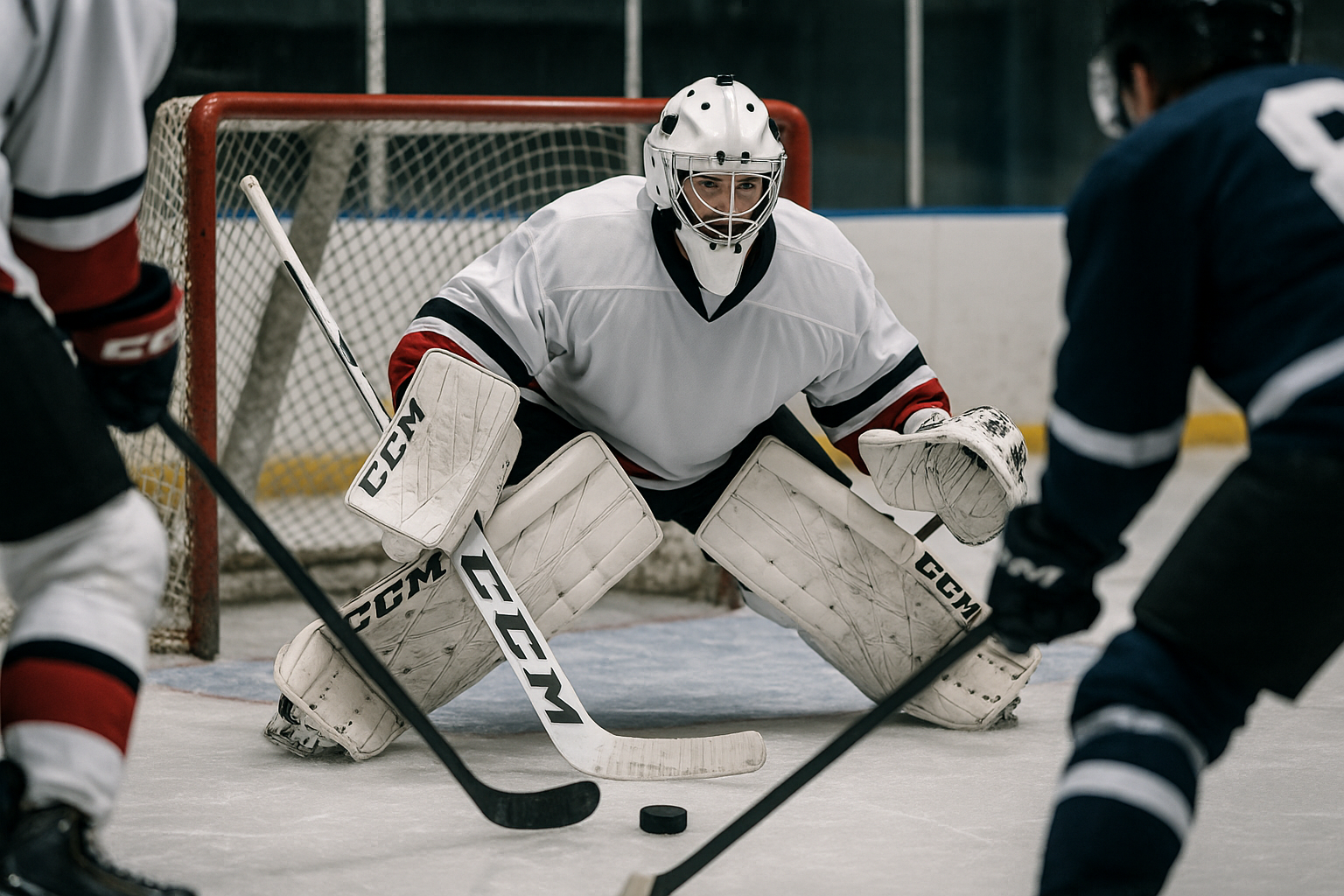Unraveling the Intricacies of Ice Hockey: A Comprehensive Guide to Understanding the Game
Ice Hockey, an exciting, fast-paced sport, was born in the chilly landscapes of Canada in the 19th century. Originally played by British soldiers stationed in Canada, the sport quickly gained popularity among the locals and evolved into a national pastime. Pucks carved from wood, sticks fashioned from tree branches, and frozen lakes as rinks marked the primitive days of ice hockey. Over time, technological advancements and strategic innovations have transformed the game into the thrilling international sport we know today.

Current Landscape: The Thrill of Ice Hockey Today
Ice hockey today is a sport that captivates millions worldwide. The National Hockey League (NHL) in North America and the Kontinental Hockey League (KHL) in Europe are the two leading professional leagues. Besides, international tournaments like the Winter Olympics and the Ice Hockey World Championship garner significant attention. The game’s allure lies in its rapid tempo, strategic gameplay, and the sheer physicality it demands from its players.
The Dynamics of the Game: Understanding Ice Hockey
Ice hockey is played by two teams, each with six players, including a goaltender. The primary objective is to shoot the puck into the opponent’s net, scoring as many goals as possible within three 20-minute periods. The game is packed with strategic maneuvers, including the power play, penalty kill, and face-offs, each having its unique benefits and challenges. For instance, the power play, where one team has a numerical advantage due to a penalty on the opponent, is an excellent scoring opportunity but requires precise execution.
Training for Ice Hockey: A Blend of Strength, Speed, and Skill
Training for ice hockey is a rigorous process that involves a balance of strength, speed, and skill training. Strength training focuses on improving core stability, leg power, and upper body strength—key to winning puck battles and maintaining balance. Speed training enhances a player’s explosiveness and agility, crucial for quick maneuvers and rapid direction changes. Skill training, on the other hand, hones a player’s puck handling, shooting, and passing abilities.
The Future of Ice Hockey: Projections and Possibilities
The future of ice hockey looks promising, with an increasing global fanbase and constant evolutions in training techniques and game strategies. Additionally, advancements in player safety measures and equipment design are expected to make the sport safer and more accessible. However, the sport also faces challenges, including the need for more inclusive participation and the impact of climate change on outdoor hockey traditions.
In conclusion, ice hockey is a captivating sport that combines speed, skill, strategy, and physicality. Its rich history, current popularity, and potential future developments make it a fascinating topic in the realm of sports. Although it demands rigorous training and presents certain challenges, its appeal continues to grow, underlining the enduring allure of this icy pastime.





